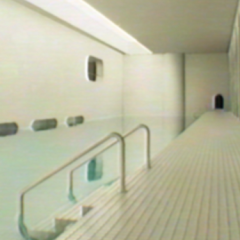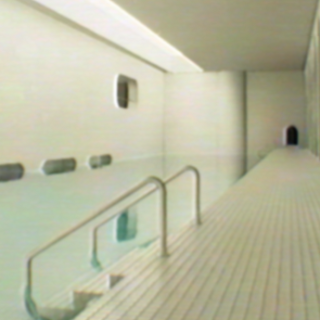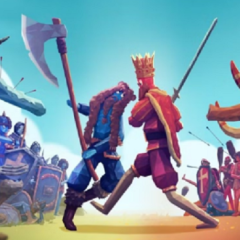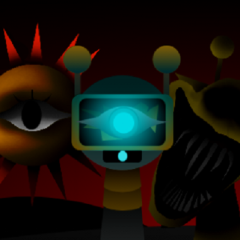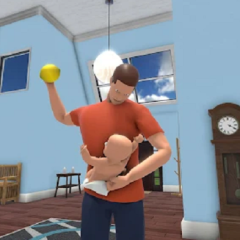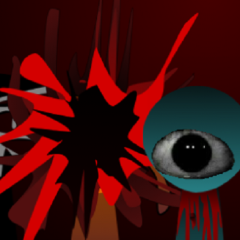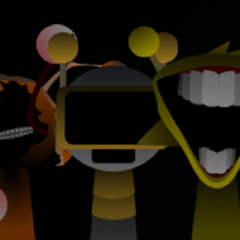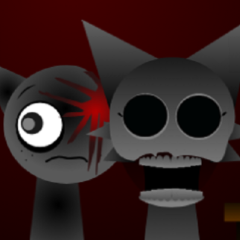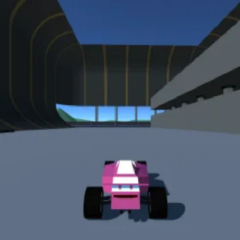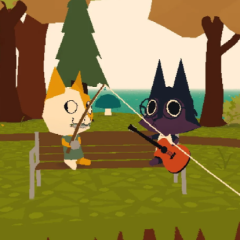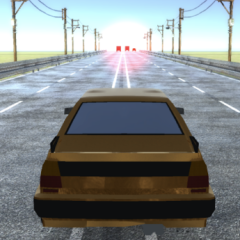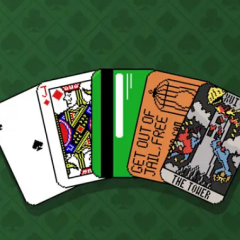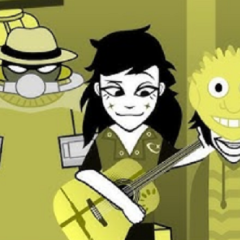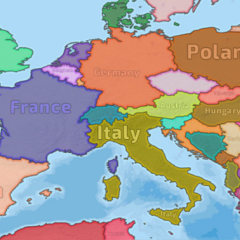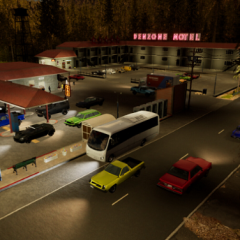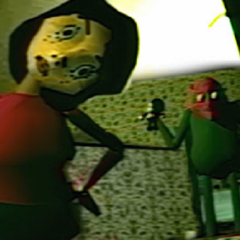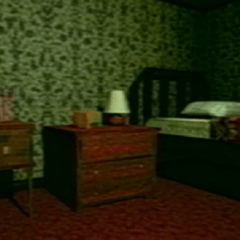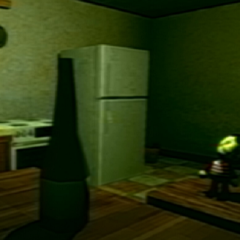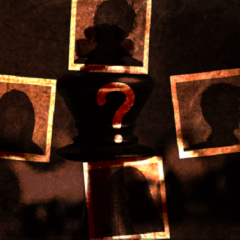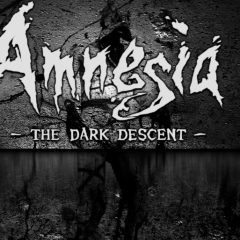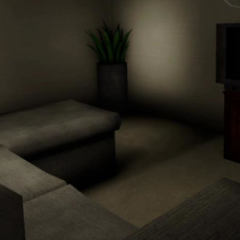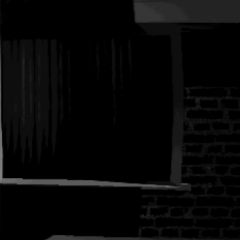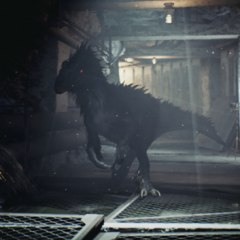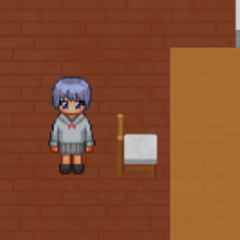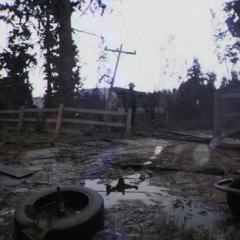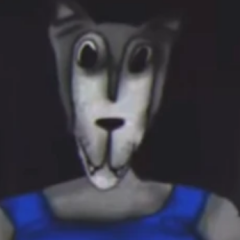Dreamcore is a first-person exploration game that places players inside abstract and maze-like environments without a defined objective. Rather than focusing on combat or time-based challenges, the game invites users to move slowly through large-scale spaces, noticing shifts in layout, lighting, and sound. It aims to recreate a sensation of being lost in familiar yet distorted places, such as tiled pools or looping suburbs. The experience is shaped by how the player explores, rather than what they are told to do.
Movement and discovery
Players begin in vast, interconnected zones that lack clear direction. Each environment is built to encourage wandering. Items such as a flashlight or access key must be located to progress, but their placement is often subtle or hidden behind visual distractions. Some players may encounter dozens of rooms without clues, while others notice a sound or visual cue that guides them. There is no map or waypoint system; advancement depends on memory, awareness, and the willingness to explore.
Key gameplay systems
Dreamcore offers several gameplay mechanics that define the experience:
· First-person movement with body-cam visual effects
· Large spaces designed with intentional repetition
· Item collection (e.g. lights, switches, keys)
· Environmental sound design that supports navigation
· Visual hints through textures, lights, or unusual details
These elements are woven into each level, making every discovery feel like a direct result of the player’s perception.
Aesthetic direction and atmosphere
The game uses low-light environments and visual noise effects to build its mood. Settings such as the dreamlike pool rooms or looping suburban streets are constructed to feel both familiar and unreachable. The soundscape plays a large role, with ambient tones, water echoes, and distant noise providing hints or building tension. The visual design avoids characters or dialogue, focusing instead on emptiness and architectural patterns. This creates a sense of reflection, as the player walks through places that feel almost personal but never quite clear.
Future content and feedback
Dreamcore currently includes two fully developed locations, with additional content in development. Future levels will introduce new types of environments while preserving the focus on passive interaction. Feedback from early players has led to improvements in lighting balance and added optional hints for those who become disoriented. The game continues to attract an audience interested in experimental design and spatial storytelling.

